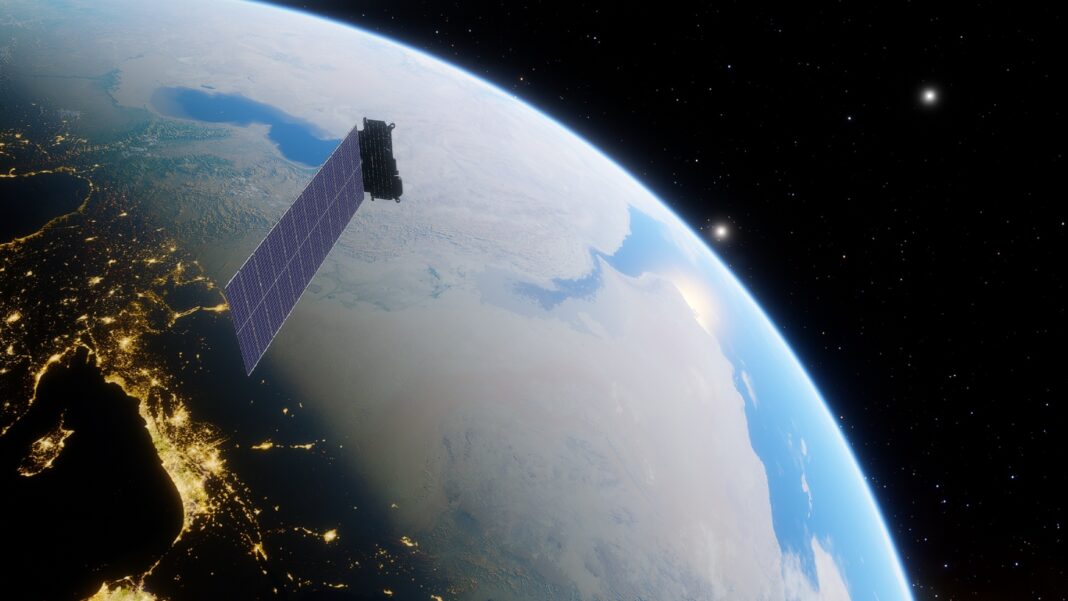Space weather forecasters are developing models that would help satellite operators prepare for bad space weather. But they have a problem: a lack of measurements at altitudes where Earth’s atmosphere meets outer space. SpaceX is now stepping in to help fill the gaps after its firsthand experience with an unexpected solar storm earlier this year.
In February 2022, 40 brand-new Starlink satellites plummeted to Earth when they encountered a bout of bad space weather right after launch. The solar storm that caused their demise wasn’t even a bad one, Tzu-Wei Fang, a space scientist at the U. S.
National Oceanic and Atmospheric Administration (NOAA), told Space. com. Yet the incident was a taste of things to come, as the sun , after a prolonged quiet period, is waking up to a more powerful cycle of activity than many satellite operators, including SpaceX , have experienced.
Related: NASA’s solar forecast is turning out to be wrong. This team’s model is still on track. Because orbits near Earth have gotten crowded since the last time the sun was really vicious, good space weather forecasts are becoming especially important.
Last year, NOAA launched what it calls the Whole Atmosphere Model, which extends the meteorological model that predicts weather on Earth to an altitude of up to 370 miles (600 kilometers). This region includes the second-highest layer of Earth’s atmosphere , the thermosphere, where thin, diffuse gases cause drag that slows satellites down. This thin gas high above Earth’s surface changes density when solar weather hits, and these density changes cause problems such as those the Starlink satellites experienced in February.
“It’s like running against the wind,” Fang said. But when NOAA started modeling the response of the thermosphere to incoming blasts of particles from the sun that form the solar wind , they found there wasn’t enough data to feed their model. “We want to capture the physics from the ground all the way to space,” Fang said.
“But we don’t have a sufficient data sample. The lower atmosphere model tells you exactly that it’s going to rain tomorrow because they have all sorts of measurements from balloons and airplanes available to them. We don’t have that.
We don’t have many satellites flying in situ providing information. ” In computer modeling, more data means higher reliability, but NOAA had few means to fill the gaps, which is where SpaceX comes in. Since the mishap in February, the company has been in talks with NOAA to provide some of these missing measurements through the company’s satellites , Fang said.
“To improve our model and the forecast system, we really need to bring in more data,” Fang said. “And that’s what SpaceX promised us. They will share with us the orbit information of their satellites to help us estimate the drag.
Since they have so many satellites, they will give us a lot of data points. ” Starlink currently operates more than 2,200 satellites that orbit Earth at an altitude of 340 miles (550 km). However, the company launches the satellites into a much lower orbit of only 217 miles (350 km) and raises their altitude using onboard propulsion units.
It is at these lower altitudes that satellites are the most vulnerable to sudden space weather changes. Not many satellites fly as low, Fang said, which makes acquiring data at these altitudes even more difficult. — Solar storms can destroy satellites with ease — a space weather expert explains the science — Sun erupts with 17 flares from single sunspot, sending solar storms toward Earth — Forecasting space weather is hard.
A new Australian satellite may help make it easier Other operators have reported problems due to the increasing volatile space weather. The European Space Agency said its Swarm satellites, which monitor Earth’s magnetic field, have been sinking 10 times faster since December 2021 than in other years since their launch in 2013. Space weather forecasters originally expected the current cycle of solar activity, which started last year, to be a mild one.
However, the sun has been constantly outpacing predictions , producing many more sunspots, solar flares and eruptions, and triggering geomagnetic storms on Earth that make satellite operations more challenging. Follow Tereza Pultarova on Twitter @TerezaPultarova . Follow us on Twitter @Spacedotcom and on Facebook .
.
From: space
URL: https://www.space.com/spacex-starlink-helps-noaa-space-weather-forecast/



